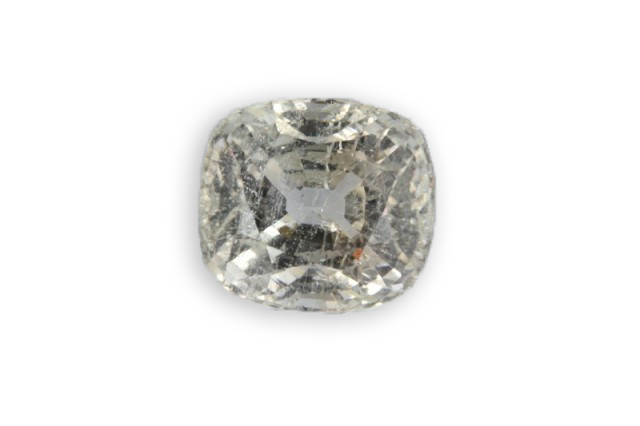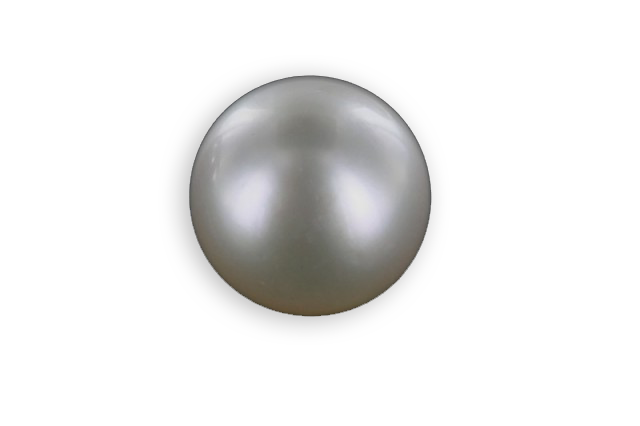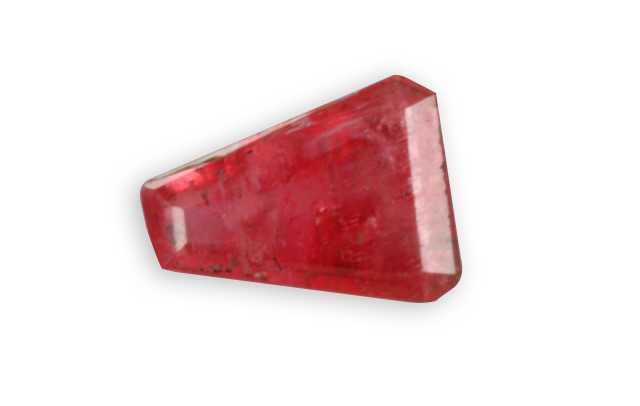
pyroxmangite
It takes its name from its resemblance to the pyroxene and its manganese content. Rhodonite has the same composition as the pyroxmangite formed in conditions of higher pressure and temperature.
Je vous emmène à travers mes vidéos découvrir mon expérience acquise depuis plus de 30 ans a silloner le globe entier à la recherche de pierres précieuses, de rencontre mémorables mais aussi de difficulté parfois …

It takes its name from its resemblance to the pyroxene and its manganese content. Rhodonite has the same composition as the pyroxmangite formed in conditions of higher pressure and temperature.
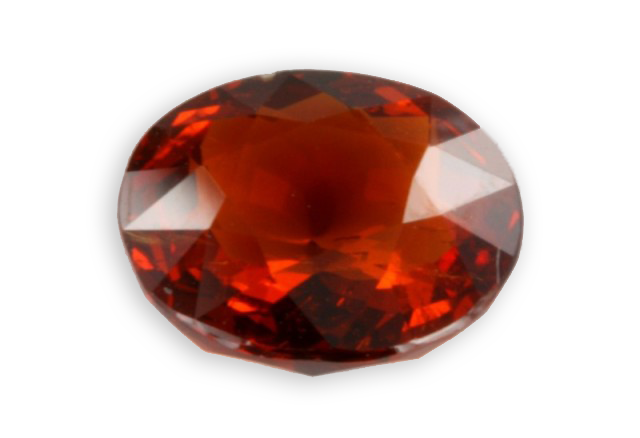
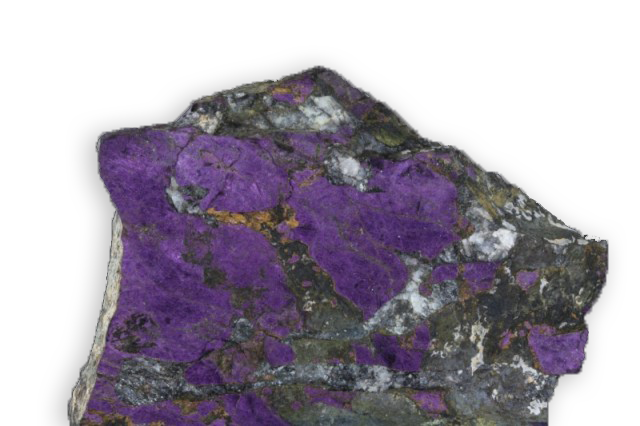
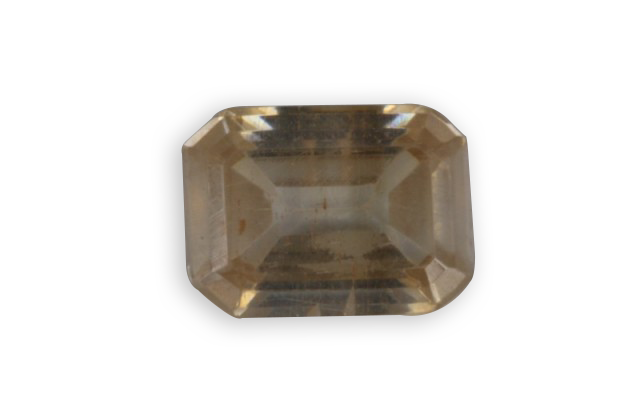
Discovered in England, its name comes from the Greek “phos” meaning “light” and “genan” – “which leads “, in connection with its lights characteristic, was given by Haidinger. Karsten, who had described it in the early nineteenth century had named it hornblei.
